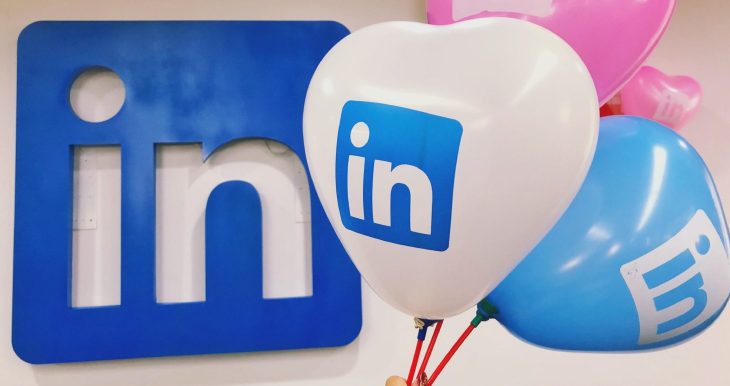When LinkedIn first launched Stories format, and later expanded its tools for creators earlier this year, one noticeable detail was that the Microsoft-owned network for professionals hadn’t built any kind of obvious monetization into the program — noticeable, given that creators earn a living on other platforms like Instagram, YouTube and TikTok, and those apps had lured creators, their content and their audiences in part by paying out.
“As we continue to listen to feedback from our members as we consider future opportunities, we’ll also continue to evolve how we create more value for our creators,” is how LinkedIn explained its holding pattern on payouts to me at the time. But that strategy may have backfired for the company — or at least may have played a role in what came next: last month, LinkedIn announced it would be scrapping its Stories format and going back to the proverbial drawing board to work on other short-form video content for the platform.
Now comes the latest iteration in that effort. To bring more creators to the platform, the company today announced that it would be launching a new $25 million creator fund, which initially will be focused around a new Creator Accelerator Program.
It’s coming on the heels of LinkedIn also continuing to work on one of its other new-content experiments: a Clubhouse-style live conversation platform. As we previously reported, LinkedIn began working on this back in March of this year. Now, we are hearing that the feature will make an appearance as part of a broader events strategy for the company very soon.
“We’ll be starting to test audio with a small pilot group in the coming weeks,” said Chris Szeto, senior director of product at LinkedIn, who heads up its audio efforts. “Given the trends in virtual, hybrid events we are also working on making audio part of our overall event strategy rather than a standalone offering, so that we can give people more choice about how they want to run and engage with their audiences.”
Notably, in a blog post announcing the creator fund, LinkedIn also listed a number of creator events coming up. Will the Clubhouse-style feature pop up there? Watch this space. Or maybe… listen up.
In any case, the creator accelerator that LinkedIn is announcing today is part of a bigger effort it’s been making to build out a platform for creating content. That has included building new tools and acquiring companies like Jumprope (a platform devised to make “how-to” videos) earlier this year. Together with the accelerator, the idea that LinkedIn wants to encourage more dynamic and lively set of voices to get more people talking and spending time on LinkedIn.
Andrei Santalo, global head of community at LinkedIn, noted in the blog post that the accelerator/incubator will be focused on the many ways that one can engage on LinkedIn.
“Creating content on LinkedIn is about creating opportunity, for yourselves and others,” he writes. “How can your words, videos and conversations make 774+ million professionals better at what they do or help them see the world in new ways?”
The incubator will last for 10 weeks and will take on 100 creators in the U.S. to coach them on building content for LinkedIn. It will also give them chances to network with like-minded individuals (naturally… it is LinkedIn), as well as a $15,000 grant to do their work. The deadline for applying (which you do here) is October 12.
The idea of starting a fund to incentivize creators to build video for a particular platform is definitely not new — and that is one reason why it was overdue for LinkedIn to think about its own approach.
Leading social media platforms like TikTok, Snapchat, Instagram and Facebook and YouTube all have announced hundreds of millions of dollars in payouts in the form of creator funds to bring more original content to their platforms.
You could argue that for mass-market social media sites, it’s important to pay creators because competition is so fierce among them for consumer attention.
But on the other hand, those platforms have appeal for creators because of the potential audience size. At 774 million users, LinkedIn isn’t exactly small, but the kind of content that tends to live on there is so different, and maybe drier — it’s focused on professional development, work and “serious” topics — that perhaps it might need the most financial incentive of all to get creators to bite.
LinkedIn’s bread and butter up to now has been around professional development: people use it to look for work, to get better jobs, to hire people, and to connect with people who might help them get ahead in their professional lives.
But it’s done so in a very prescribed set of formats that do not leave much room for exploring “authenticity” — not in the modern sense of “authentic self”, and not in the more old-school sense of just letting down your guard and being yourself. (Even relatively newer initiatives like its education focus directly play into this bigger framework.)
With authenticity becoming an increasing priority for people — and maybe more so as we have started to blur the lines between work and home because of COVID-19 and the changes that it has forced on us — I can’t help but wonder whether LinkedIn will use this opportunity to rethink, or at least expand the concept of, what it means to spend time on its platform.
